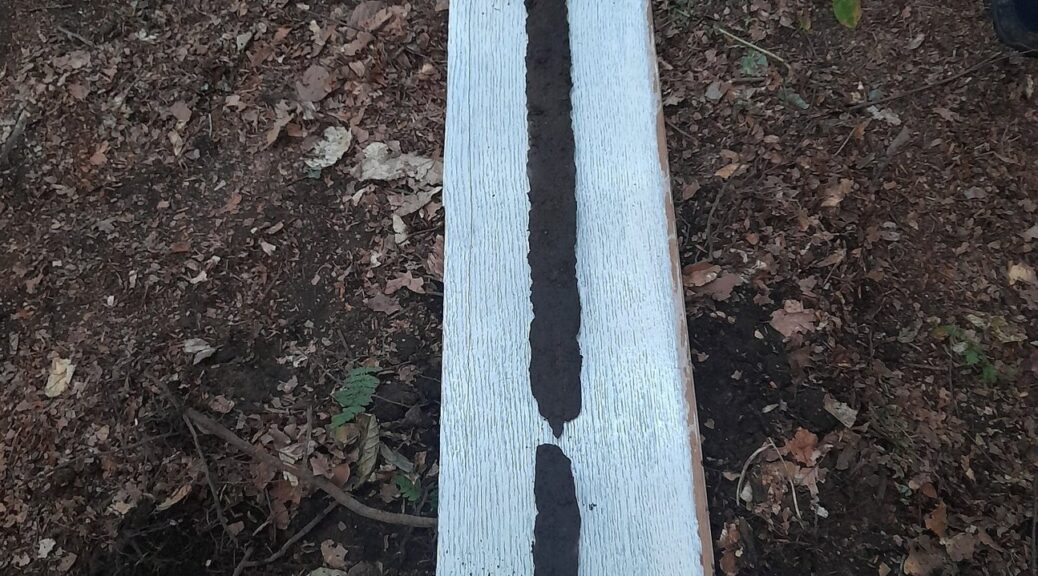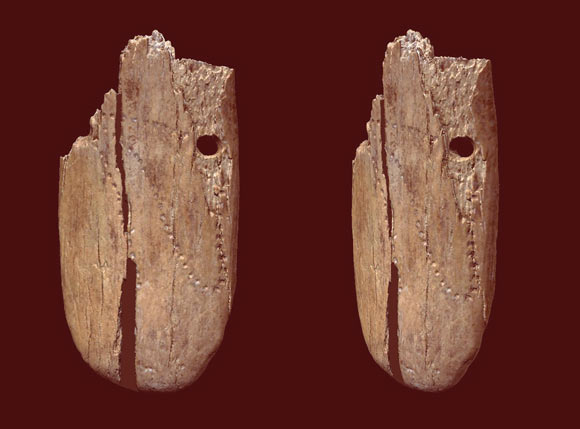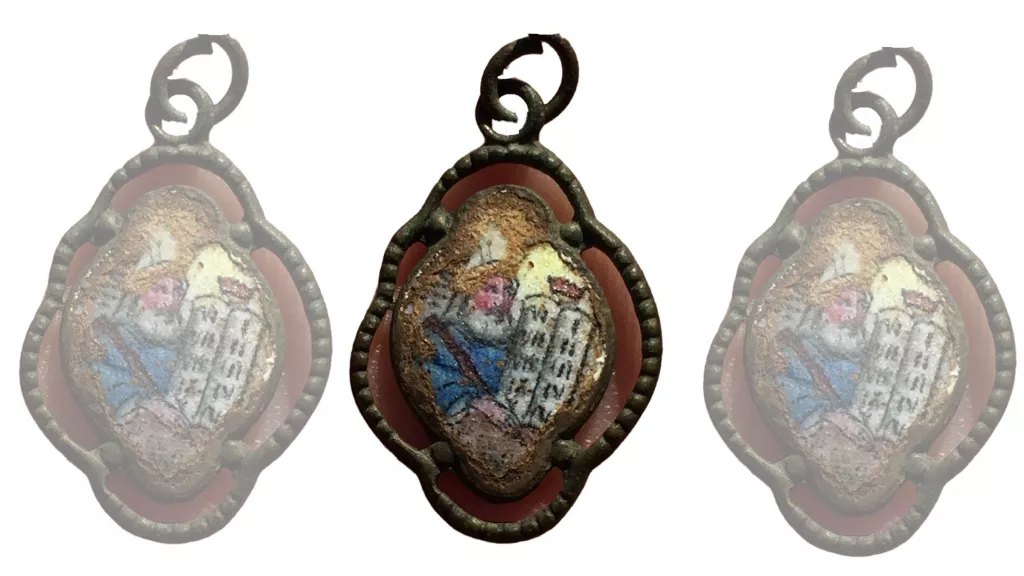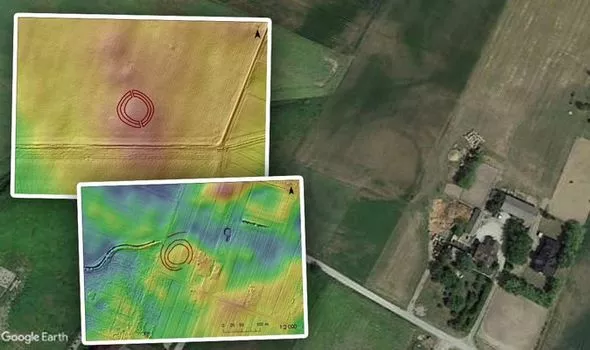Padlocked, restrained female ‘vampire’ discovered in 17th-century graveyard

The remains of a “female vampire” have been uncovered by archaeologists at a 17th-century graveyard in Pień, Poland. Professor Dariusz Poliński and a team of researchers from Nicolaus Copernicus University were conducting the dig when they discovered the skeletal remains of the woman, who had been pinned to the ground with a sickle across her throat.
The popular farming tool was commonly used by superstitious Poles in the 1600s to try and restrain a deceased person thought to be a vampire so that they would be unable to return from the dead.
“The sickle was not laid flat but placed on the neck in such a way that if the deceased had tried to get up… the head would have been cut off or injured,” Poliński told the Daily Mail.
The professor also noted that the dead woman had a padlock wrapped around her toe — further strengthening the theory that she was considered a vampire at the time of her death.


Poliński claimed the lock would have been used during the burial process to symbolize “the impossibility of returning.”
The researchers did not disclose the presumed age of the deceased but said a silk cap found on her skull indicates that she was of high social status.
According to Smithsonian magazine, residents across Eastern Europe initially became fearful of vampires in the 11th century, believing that “some people who died would claw their way out of the grave as blood-sucking monsters that terrorized the living.”
By the 17th century, “unusual burial practices became common across Poland in response to a reported outbreak of vampires,” Science Alert reported.
There is still no scholarly consensus around how people came to be classified as “vampires,” but they were often violently executed across various parts of the continent, according to Poliński.


And, even after their deaths, their bodies were further mutilated to make sure they wouldn’t return to wreak havoc on local villagers.
“Other ways to protect against the return of the dead include cutting off the head or legs, placing the deceased face down to bite into the ground, burning them, and smashing them with a stone,” Poliński stated.
The discovery of the “female vampire” in Pień — located in the south of the country — comes seven years after the remains of five other presumed vampires were unearthed in the town of Drawsko, 130 miles away.

All five of those found there had similarly been buried with sickles across their throats.
Meanwhile, back in 2013, The Post reported that archaeologists had uncovered a “vampire gravesite” outside of the town of Gliwice, where multiple skeletons were found decapitated with their severed heads placed near their legs.






















